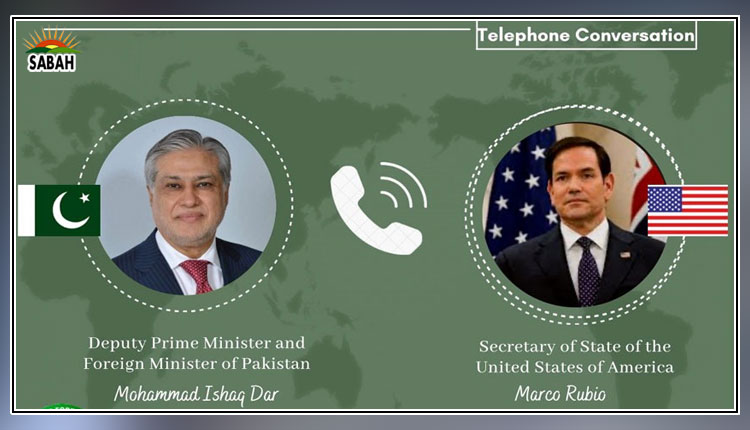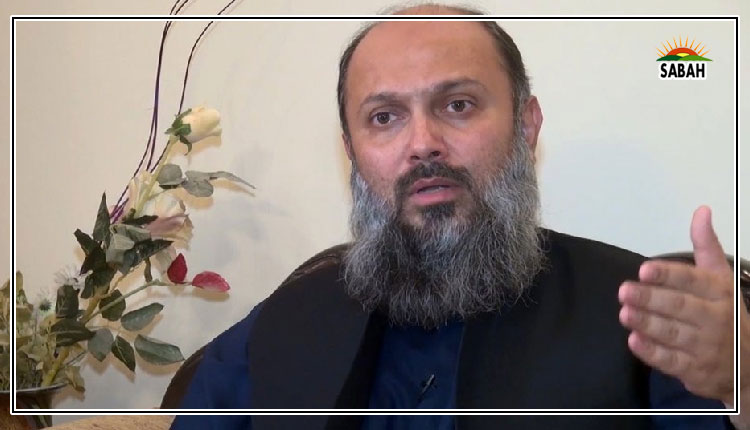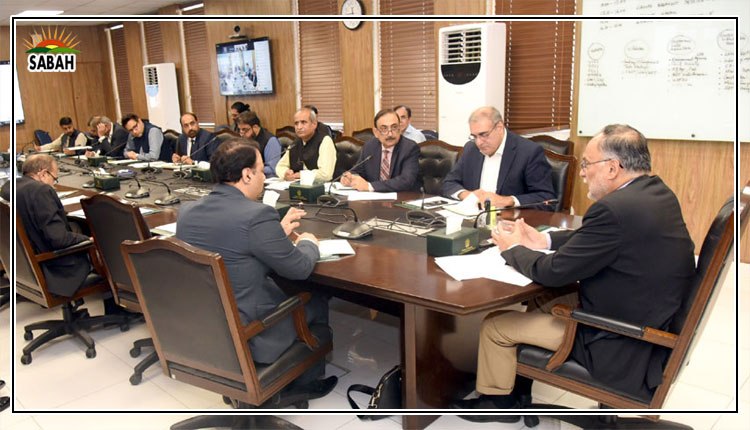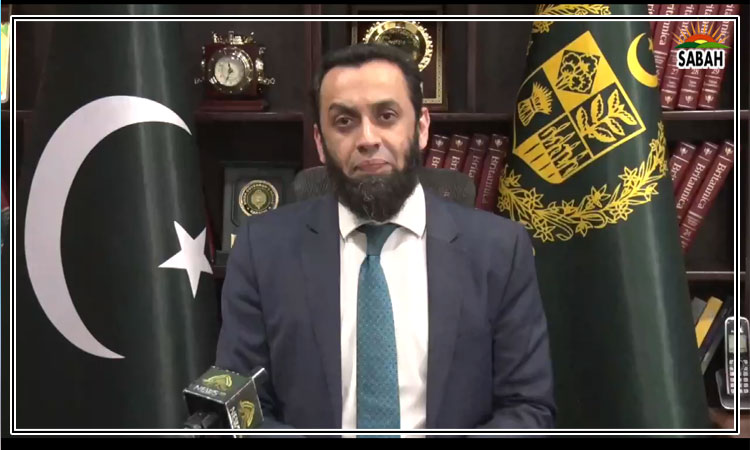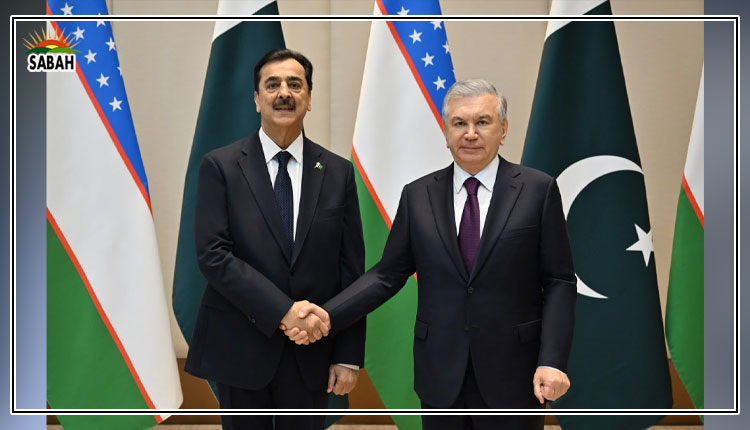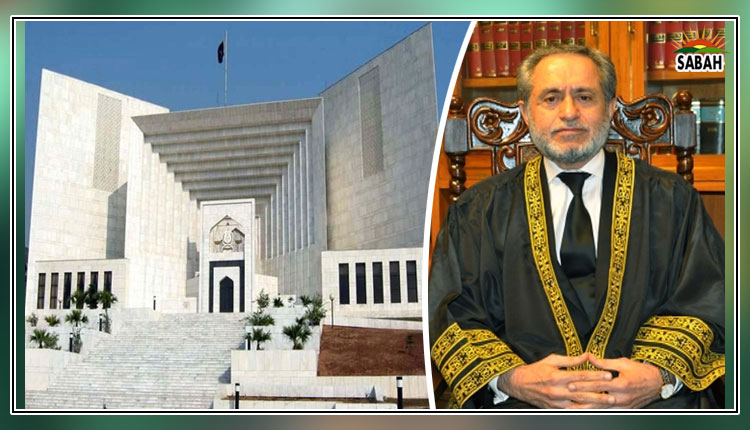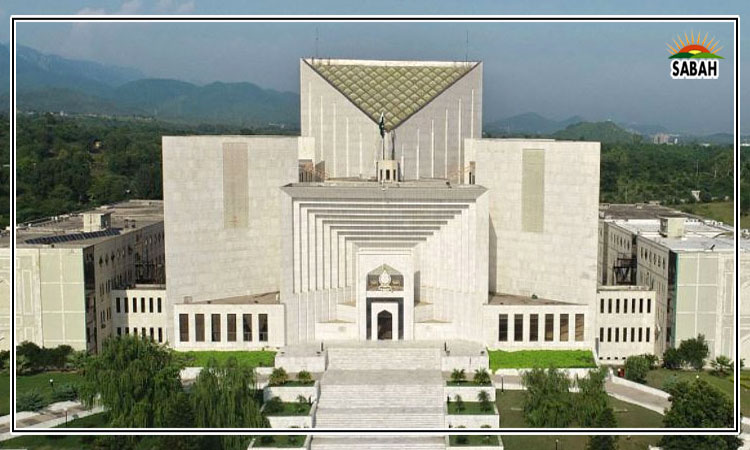The spectrum of violence … Dr Ayesha Razzaque
About a week ago in Karachi, peaceful protesters against religious extremism and persecution of minorities were subjected to a roughing up at the hands of the Sindh Police.
It did not take long for footage to emerge of some protesters getting their clothes torn off and others being dragged away by their limbs. Students, ordinary people, progressive groups – let’s call them the ‘Toothless’ – are usually at the receiving end of this treatment.
Violence is the state’s protocol of first resort to deal with groups of unarmed citizens that dare protest for their rights but lack an unsanctioned militia (read: TLP and, in years past, the Lal Masjid brigade). Sit-downs and negotiations appear to be reserved exclusively for those who credibly threaten to respond with overwhelming violence of their own.
Like so many things in life, the threat of violence by protesters exists on a spectrum.
One level up from the Toothless are major political parties and I am counting all parties here that have more than niche appeal and have the ability to bring thousands, tens of thousands, and occasionally hundreds of thousands onto the streets. This includes the PML-N, the PPP, the JUI-F, as they all demonstrated during the PTI’s recent tenure, as well as the PTI, as it is demonstrating these days. This is usually the remit of opposition parties of the day. Party protesters may be genuinely motivated by their stated cause, the thrill of adventure or by a hot plate of biryani at the end of the day.
Unlike the Toothless, the number of protesters is on a scale where, even though unarmed, the police forces of most towns or cities cannot match protestors, warm body for warm body. In most cases, the potential for the use of violence that stems from numbers that can overwhelm law enforcement makes the police resort to tossing up hurdles in an almost passive-aggressive manner. Best to avoid face-to-face confrontation and dig up roads and stack containers instead.
Ignore a population’s grievances or give militias free rein to do as they please (both of which have been the case in different marginalised communities at the peripheries), and risk them rising further up the violence scale.
To survive then, you either need to wield the power to inflict violence, legally or otherwise, or at least have the ability to protect yourself from it. The latter is why so many people secure one extension of service after another and prefer to die chained to a desk, because they have a hard time transitioning into retirement and loss of power.
For the last few days, since October 14, cable news television channels had been reporting an alleged incident of assault at a college in Lahore. How can one not be enraged? Initial coverage seesawed between accusations and denial. The reporting was complicated because the presumed victim has not publicly stepped forward and no FIR has been filed. That is not surprising given the lifelong fallout such crimes can have on victims’ social lives.
What brought more eyeballs to the coverage was the number of students protesting at multiple locations in Lahore and cities across Punjab. By all accounts, these students were unarmed and were demanding an investigation. What happened next is well-documented – the Punjab Police was called in and, at some points, charged protesting students with batons. By the end of the day, print media reports put the number of injured at 27.
By Wednesday, October 16, after a hurried (initial) investigation, the Punjab chief minister came on air and laid out some findings. No victim could be found or identified and some of the social media warriors that were providing breathless coverage have started retracting their earlier more incendiary statements. By that same evening, cable news interviews with people leading protests painted a sad yet comical picture of how easily it was to manipulate so many into a rage. That has not stopped trolls / devotees of at least one party continuing to wish a heinous crime into existence because it suits their politics.
If the presentation at the press conference stands up to scrutiny, I have two questions: First, is it too much to ask news outlets ever trigger-happy with the ‘breaking news’ banner to send a journalist outside the studio or office first and get the facts straight before reporting a story unfiltered? If I was looking to be bamboozled by sensationalised coverage, I already have social media to turn to for that.
Second, what will be the consequences for social media accounts that incited hundreds or thousands of students? At least one went as far as demanding the killing of some college staff and setting the college on fire. Speech ought to be free, but it must also be responsible.
This is where things seem to stand at the moment but, should the facts change significantly yet again, one thing will remain unchanged – we are drowning in misinformation (unintentional false information), disinformation (intentional false information), and malinformation (disinformation produced with intent to harm) and it is becoming increasingly more taxing to tell the difference. Based on what we know so far, this incident seems to be a deliberate spread of malinformation. If at any point in further investigation it is revealed there was an assault after all, then the government machinery will be answerable for its forceful denials.
Malinformation or not, it did not take much for young people to come on the streets because, at least for the Toothless, cases in which justice is never served, high-profile and not, are all too common. Recent years have seen a raft of incidents in different institutions across the country where students were victimised. If memory serves, all those cases were handed to ‘committees’ and the issues were buried, without noteworthy action. Attitudes towards investigations of harassment and worse in institutions are sometimes very forgiving of perpetrators and approached with a less than serious attitude. Given these norms, people are not skeptical without basis.
If you live in this pressure cooker of climate change, water scarcity, bulging population and malinformation and have neither the power to inflict violence nor the power to protect yourself from it, either because you never had it in the first place or you lost it, what is the rational choice to make? Keep simmering or emigrate.
The writer (she/her) has a PhD in Education.
Courtesy The News


